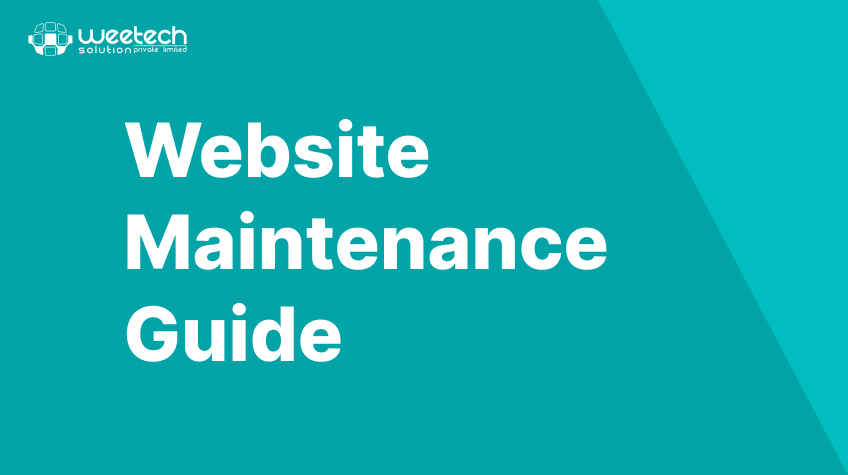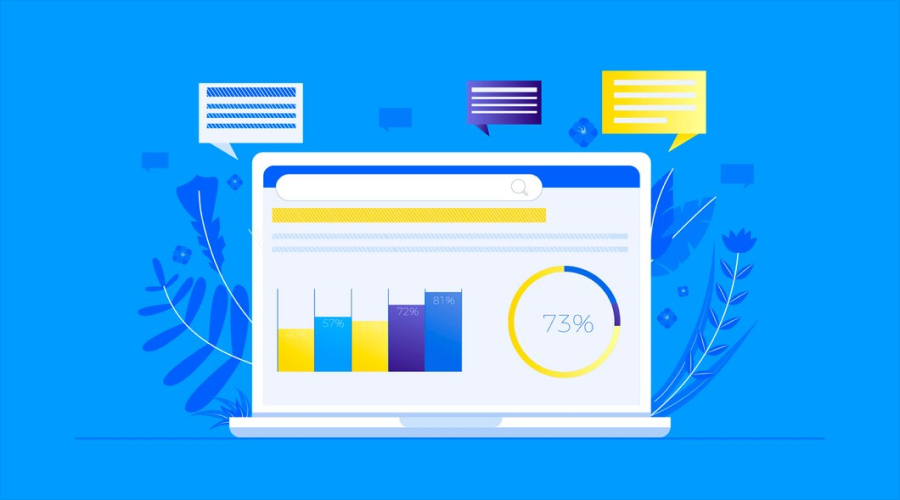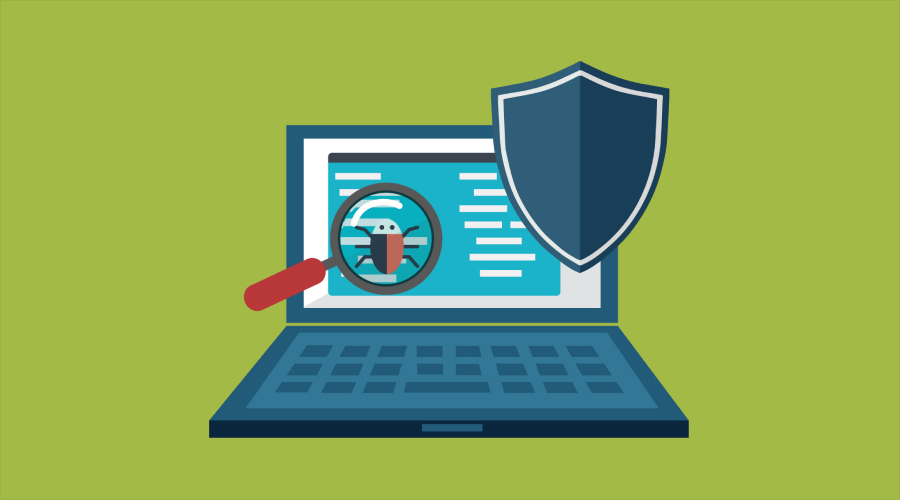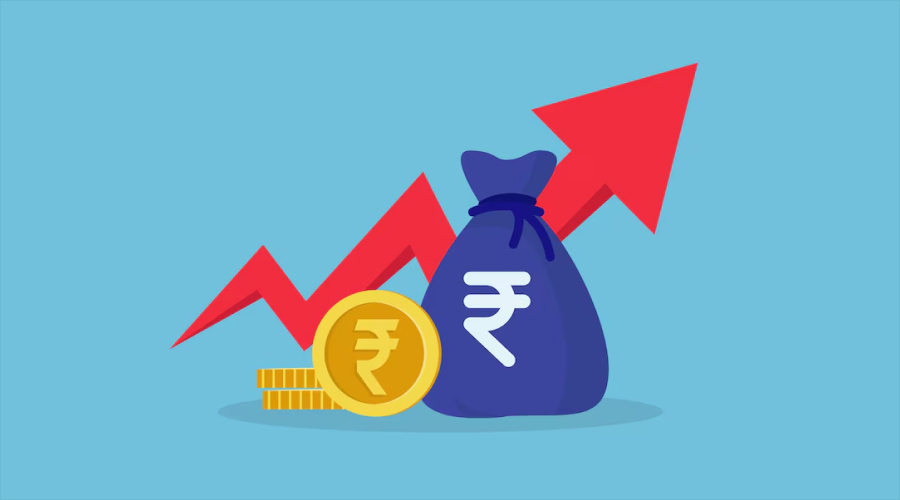
In this modern world where the internet dominates people’s lives, creating a website is not an option but a necessity for anyone who wants to popularize a business or any other content. This topic is a crucial aspect for any business since an outdated, poorly performing, insecure or confusing sites will not attract any business.
For any small business, blogger or even big enterprise, it is crucial to understand the need of regular updates, security check and content management to enhance competitiveness in the marketplace. This Website Maintenance guide 2025 looks at why website support and maintenance is important, what does website maintenance include and the costs of website management and maintenance that are likely to be incurred.
However, let’s first comprehend what website maintenance is.
What is Website Maintenance?
Website maintenance is the process of keeping a sites functional, secure and up to date on a regular basis. It is comprised of activities such as content change, link checking, relevant link repair, compatibility with new technologies, security updates, as well as performance enhancement.
Maintenance must be carried out frequently to avoid hitches, improve search engine ranking and usability. Regular updates whether monthly, quarterly or annually mean that your website continues to be a useful tool in communicating, marketing and ultimately growing your business.
Importance of Website Maintenance

The importance of regular web maintenance can be better understood by the following factors:
- Security: Website maintenance helps to prevent a sites from being attacked by hackers, malware and other IT violations. Keeping security patches, updating frequently used software or monitoring threats help to minimize malware attacks and the risks of victimization by hackers related to websites and user information.
- SEO Ranking: Users prefer sites that are updated and do not contain any mistakes. Some are technical like updating broken links, enhancing on speed of the website and updating the contents are beneficial in enhancing the ranking of the website hence increasing the likelihood of the users to view it.
- Performance: A good website must be easily accessible with quick downloads, form an appealing interface with every link and page and should not play up at random times. These contribute to an improved user experience and reduced bounce rates so that your visitors will stay on your site.
- Content Relevance: Website maintenance ensures that the content that you have remains fresh to the audience and still holds a lot of value for them. Frequent maintenance helps to establish credibility and increase revisits from users building trust and loyalty.
- Cost Efficiency: Maintenance of small issues helps to prevent them from becoming a massive problem as time goes by. Preventive maintenance is economical since it prevents costly repairs or other expensive problems such as system downtime or loss due to security threats.
Essential Steps for Website Maintenance

- Regular Backups: Creating regular backups for the websites makes it possible for you to recover the website data within the shortest time possible in case of data loss or technical breakdown. This should include all files, databases and configurations, kept on a cloud server or an external hard drive.
- Update Software and Plugins: Make sure the basic software themes and plugins used on your website are of the most recent version. Such updates are often essential security bug fixes, newly released features, improvements and modifications of previous program versions. Failing to update your site may result in security problems and compatibility difficulties.
- Monitor and Improve Website Performance: This involves tracking performance and making changes to improve website loading speed, responsiveness, and reducing downtime. Make sure all the images are optimized, remove excess code from the HTML type things and implement caching where possible to make the website load quickly and be easy to navigate.
- Security Checks: Another good practice is to perform periodic security assessments to determine impediments to performance. Use an anti virus and anti spyware to protect your site, a firewall and an SSL certificate to secure your site. Check recent logins and for upping the security layer for logins, enable the two factor authentication.
- Fix Broken Links: Broken links are very bad for both the user experience and the SEO ranking of your site. Periodically check inter and extranet links for dead ends and revise the broken links whenever possible to offer an uninterrupted site experience.
- Test Website Functionality: Try out all features on the website periodically including the submit button, the shopping cart and the search term. Since functional issues can turn users off and cause them to leave they can also cost precious conversions.
- Update Content: Ensure that you use the new content most of the time by writing new blog posts, editing old material and using up to date SEO. It is very good for your users to be updated regularly with content because it enlightens them and at the same time builds the credibility of the site.
- Review Analytics: Track traffic, users and site performance through Google Analytics among other tools. Use this data to help decide on issues of content and design as well as areas of marketing.
- Test Compatibility: Your website must support different browsers, devices and operating systems. This ensures common problems concerning appearance or operations on different interfaces are detected and fixed on time.
- Remove Unnecessary Files: Delete unnecessary data from your site, irrelevant plugins, features or any other unnecessary information. This makes work easier, faster and more secure and reduces the possibility of the vulnerability of the servers being attacked.
Costs of Website Maintenance

The average price for website maintenance will depend on the number of pages, the complexity of the design and the extent of services needed. Below are key factors that influence maintenance costs:
- Basic Maintenance: Maintenance for simple websites like blog sites, portfolios and other small sites consists of simple operations like software upgrades, backup and other small changes in content which range between $10 – $50 if done individually or with little expert help.
- Managed Service: Hiring professionals for specific services such as maintenance, security surveillance, performance enhancement and updates costs from $ 100 and $ 500 monthly. This is suitable for small businesses or online shops as they need constant maintenance.
- E-commerce or Large Website Maintenance: Maintaining an eCommerce website costs more than a regular website because the eCommerce website has extra functionalities such as the payment process, product catalogue and extra security requirements. Service for such sites costs $500 to $1,500 per month.
- Custom Websites: Websites with complex designs, functionalities or special integrations call for professional services. These can cost anything between $1,000 and $5,000 a year to maintain, depending on the number of features installed and the amount of help required.
- Emergency Fixes: Events such as website crashes, data leakage or other significant technical problems will cost you more. Intricate repair jobs cost between $100 and $300 per hour and depend on how urgently you need a repair and the kind of expertise you may require.
Also Read: Web Development Project Ideas
Conclusion
Website maintenance is an important part of maintaining an online presence. This simply means that your site is secure, functional and relevant to your audience. Be aware of the steps to be undertaken and the associated costs so you can design a maintenance plan in 2025 that suits your budget whether you handle it yourself or partner with a web development company in India. Investment in regular maintenance provides preventive protection against costly problems and positions your website for long term success.






